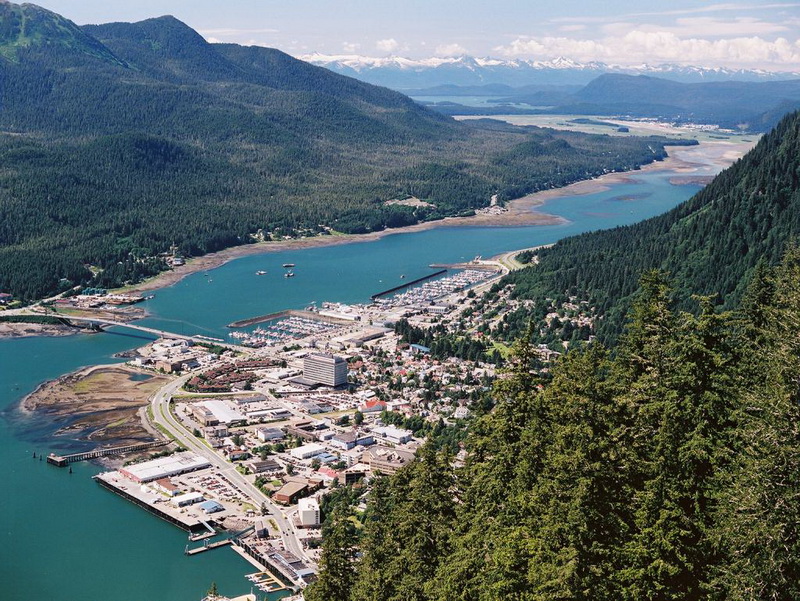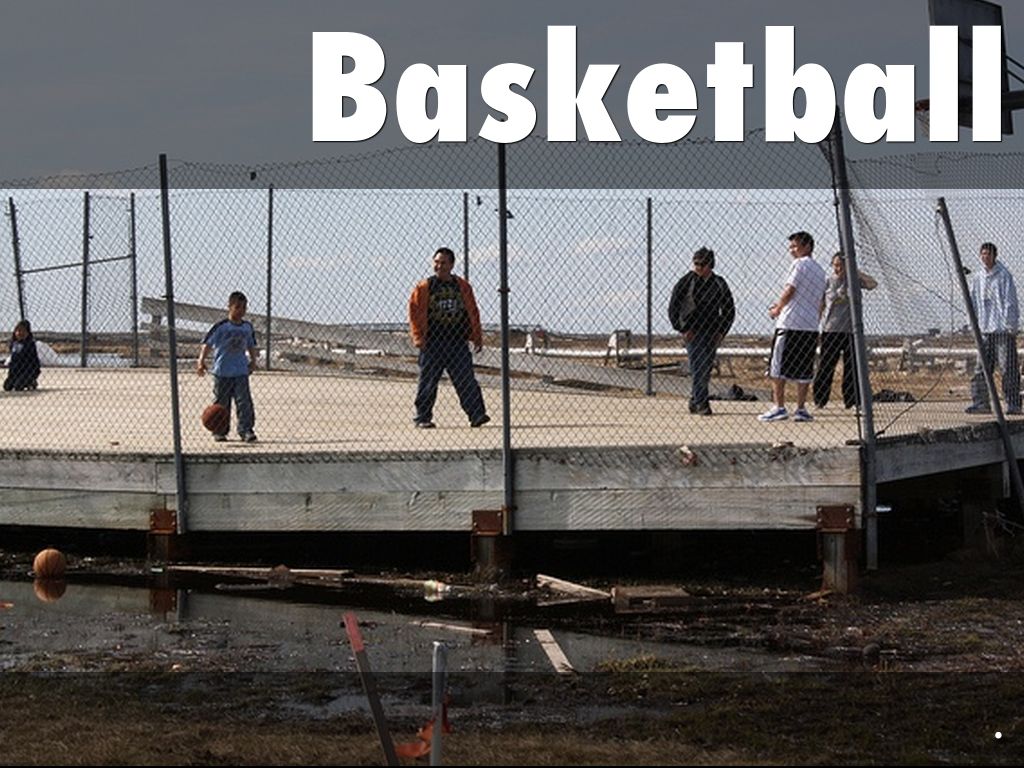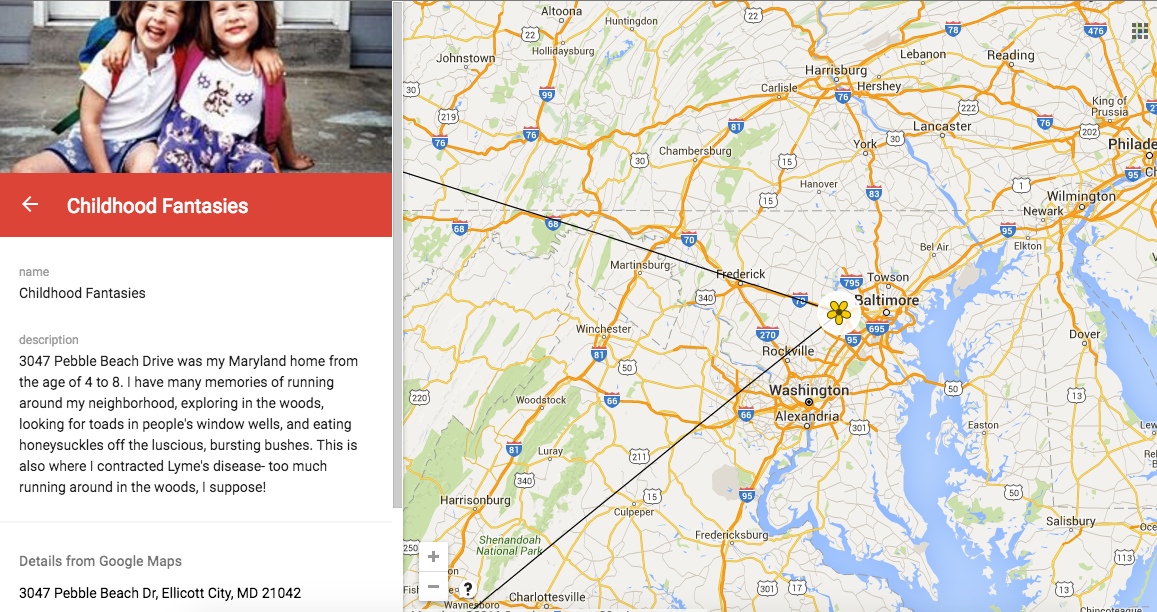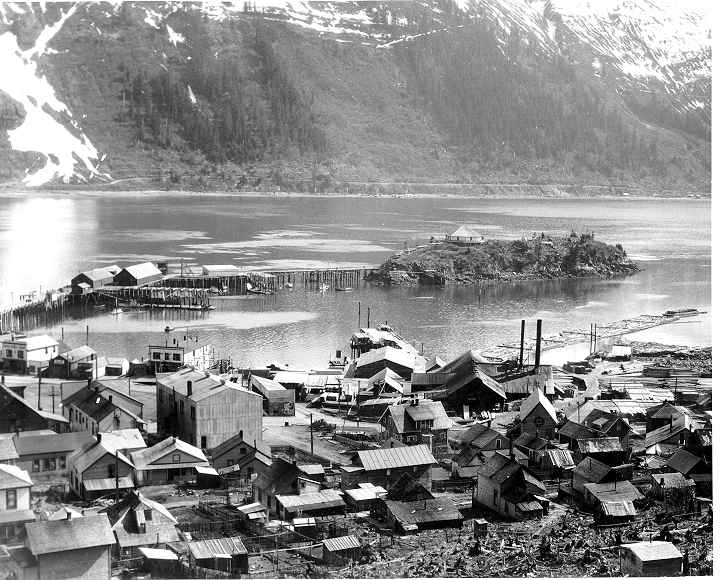This map, Road Trip Culture and Wanderlust in Southern California, explores the cultural significance of local travel in Southern California and the deep connection I (and many other Southern Californians) feel with the desert. I am attempting to explore the desert and its many facets as both a physical home and a heart home. Many southern Californians share a fascination with the strange, mysterious, and surreal and have a passion for travel and exploration in the local landscape. Going for a drive, taking a roadtrip, experiencing an obscure place or activity, and exploring nature are all common pastimes for SoCal locals. As a child, taking daytrips, roadtrips, scenic drives, and hikes in the natural landscape were formative experiences for me. Anywhere within a day’s drive was a place of imagination, inspiration, and possibility. The weekend trip and the day’s drive were a magical transport for me, which allowed me to immerse myself in the beauty, sights, and sounds of the environment around me. I used this map to explore some of the strange, mythos-evoking local landmarks and the starkly beautiful and rugged local landscape of southern California. Each place on the map is a day’s drive or less from any point in southern California. All drives are meant to be done as a day or weekend mini-road trip. The common thread among all of the chosen places on the map is that they all explore some sense of mystery or wonder about the desert and surrounding areas.
This classroom activity was a great way to explore and express creative narrative and geography with respect to sense of place. I would consider using this type of activity in the classroom because it allows for an engaging approach to research and an opportunity for students to make self discovery. I felt that the tech aspects of this project were not too challenging to learn, and that they could be successfully implemented into the classroom.



